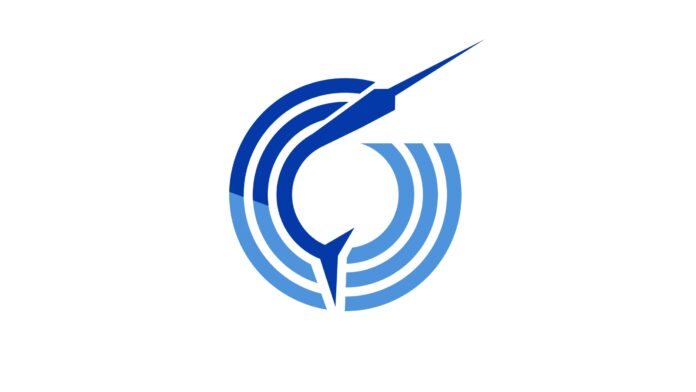Only 55 percent or 13,856.64 metric tons (MT) of galunggong (round scad) of the 25,056.27 MT granted a certificate of necessity to import (CNI) have been delivered since November last year, the Bureau of Fisheries and Aquatic Resources (BFAR) said on Thursday.
The Department of Agriculture (DA) in November last year allowed the importation of frozen round scad, bigeye scad, mackerel, bonito and moonfish for wet markets until the end of January this year.
The BFAR said the imported fish augments the demand for galunggong as supply was seen limited due to the three-month fishing ban in Northeast of Palawan lasting from November 1 to January 31.
This is observed every year to allow the species time to reproduce and grow during the spawning season and thus ensure sufficient supply of galunggong in the country.
Since 2015, the periodic closure of commercial fishing activities in Palawan yielded significant positive outcomes in the production of galunggong such that in 2021, the National Stock Assessment Program (NSAP) reported an annual catch of 1,146 MT or a triple increase from 453.89 MT reported in 2015.
The NSAP also said that for the period, the proportion of spawners increased from 15 percent to 44 percent while the percentage of round scad catch in the overall catch in Palawan grew from 15 percent to 44 percent.
NSAP noted an increase in the catch of high-value carnivore fish species like tuna as a result of the abundance of their food that includes round scad and other small pelagic species.
The monitoring of select wet markets in the National Capital Region as of Thursday show retail galunggong selling from P220 to P280 per kilo while imported galunggong retails for P220 to P260 per kilo.
In a separate statement, the BFAR also said shellfishes collected from the coastal waters of Milagros in Masbate, Panay, President Roxas and Pilar in Capiz, Dauis and Tagbilaran City in Bohol, Dumanquillas Bay in Zamboanga del Sur and Lianga Bay in Surigao del Sur remain contaminated by paralytic shellfish poison (PSP) or toxic red tide beyond the permissible level.
The agency added that San Pedro Bay in Samar; and Cancabato Bay, Tacloban City in Leyte are also now positive for PSP.
BFAR warned that all types of shellfish and acetes or alamang gathered from these areas are not safe for human consumption even as. fish, squid, shrimp and crabs are safe for human consumption provided they are fresh and washed thoroughly and that internal organs such as gills and intestines are removed before cooking.
Meanwhile, a 41.33 percent growth in fish unloading volume across all regional fish ports was posted the previous December, according to the Philippine Fisheries Development Authority (PFDA) when the total fish unloading volume hit 45,355.24 MT from November’s 32,091 MT.
The Navotas fish port complex that supplies Metro Manila reported an 86.56 percent increase in fish products to 15,493.89 MT from November’s 8,304.86 MT.
Regionally, the General Santos fish port complex reported the biggest increase of 42.63 percent or from 17,900.32 MT to 25,531.63 MT.
Both the Davao fish port and the Zamboanga fish port reported the largest declines of 16 percent or from 371.61 MT to 310.72 MT and from 806.54 MT to 676.23 MT, respectively.







